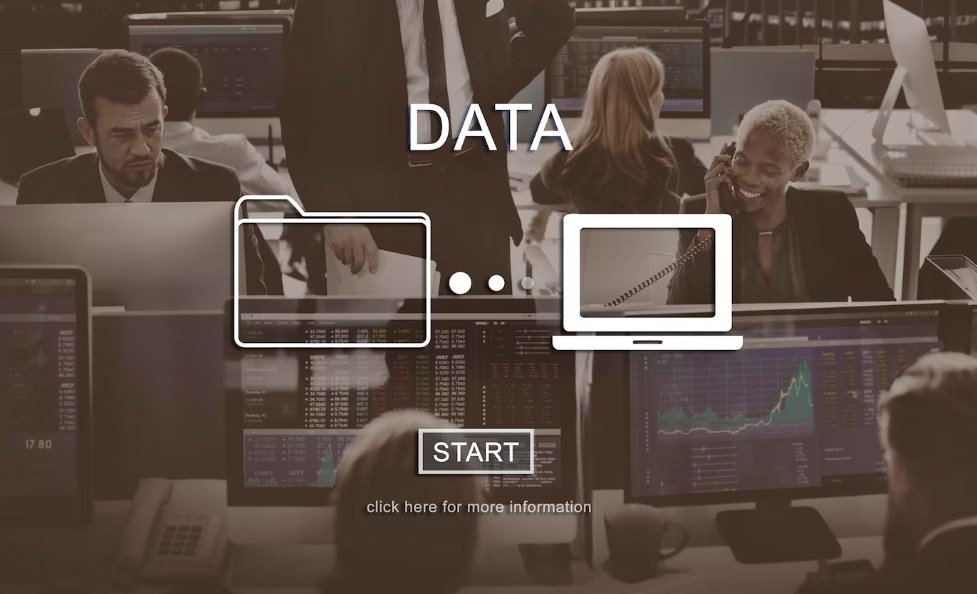Diving into Relational and Non-Relational Databases
In the digital age, how one manages and organizes vast volumes of content is vital. Two leading approaches, relational and non-relational databases (DBs), each come with their unique attributes.
In this article, we’ll delve deep into their core differences, advantages, and potential use cases.
Comparing Relational and Non-Relational DBs: Critical Distinctions
Navigating the digital landscape means understanding the best methods to organize, manage, and retrieve records. While both relational and non-relational DBs provide mechanisms to achieve this, they do so in contrasting manners. This article will elucidate the fundamental characteristics of each, helping you determine the ideal approach for your specific requirements.
Understanding Databases
DBs are structured systems that compile and manage records. Depending on its design, a DB might adopt a relational model, emphasizing interconnected tables, or a non-relational model, which avoids table-based structures.
Defining Relational Databases
Relational DBsutilize tables for record management. These tables, focused on distinct subjects, interlink through shared fields. Due to their intuitive design, they are popular among small enterprises and individual users, providing a straightforward means to navigate and understand datasets.
Exploring Non-Relational DBs
Shifting away from table-centric designs, non-relational DBs lean towards hierarchical data arrangements. These DBs are a top choice for sizable corporations and institutions, especially when dealing with multifaceted records.
<iframe width=”560″ height=”315″ src=”https://www.youtube.com/embed/E9AgJnsEvG4″ title=”YouTube video player” frameborder=”0″ allow=”accelerometer; autoplay; clipboard-write; encrypted-media; gyroscope; picture-in-picture; web-share” allowfullscreen></iframe>
Contrasting Relational and Non-Relational Systems
The primary variance between these two systems lies in their data management approach. Where relational models champion table-based data organization, non-relational ones employ hierarchies, making them more adept at handling intricate record sets.
| Criteria | Relational Systems | Non-Relational Systems |
|---|---|---|
| Structure | Utilizes table-based structures | Adopts hierarchical models |
| Nature of Stored Elements | Elements have mutual relationships | Elements range from structured to semi-structured records |
| Integrity of Records | High integrity due to constraints | Challenges in data amalgamation |
| Storage Potential | Suitable for medium to vast record sizes | Optimized for extensive record volumes |
| Dependability | Highly trustworthy | Variable reliability |
| Expansion Capability | High costs associated with scalability | Exceptional scalability |
| Advantages | Data precision, ease of comprehension, enhanced security, multi-user capabilities | Robust performance, flexibility, unaffected by dynamic alterations |
| Drawbacks | Slower data processing, no complex data type support, scaling requires significant resources | Limited functions, manual querying, inconsistent data reliability |
| Examples | MySQL, SQL Server, Oracle Database | MongoDB, Cassandra, DocumentDB |
Identifying the Ideal Database for Your Needs
The nature of your records is pivotal when choosing a suitable DB. Simpler, unrelated records might find a better home in non-relational systems, while intricate, interconnected datasets will benefit more from relational DBs.
Performance and speed are also significant factors. The complexity of relational DBs can lead to extended query times, whereas non-relational DBs often promise swifter results. Yet, when projecting future growth, relational systems generally offer superior scalability.
However, it’s essential to note the usability challenges non-relational DBs can pose in comparison to their relational counterparts. Evaluating the features, limitations, and aligning them with organizational requirements is vital for informed decision-making.
In Conclusion
The debate between relational and non-relational DBs is multifaceted, with each offering unique advantages depending on the use-case. Understanding the nature of your records, performance requirements, and future growth prospects will guide you in selecting the DB that best resonates with your organizational needs.
Remember, the right choice will seamlessly bridge your current requirements while also paving the way for future expansions.






Leave a Reply